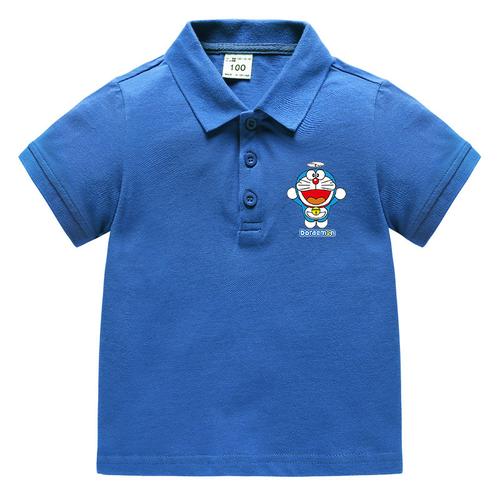Customizing your individual clothing measurements is an important step in ensuring a good fit. Here are a few accurate measurements to help you get your garments sized correctly.
1. Height and weight: First understand your height and weight, which will provide a basic reference for customized clothing.
2. Bust circumference and bust distance: Use a soft ruler or sewing ruler to measure the bust circumference around the fullest part of the chest. When measuring the chest circumference at the same time, it is also necessary to measure the distance from the left armpit to the right armpit on the chest, which is called the chest distance.
3. Waist circumference and waist distance: Also use a soft ruler or sewing ruler to measure the waist circumference around the narrowest part of the natural waistline. At the same time, by measuring the distance from the left waistline to the right waistline in front of the waist, it is called waist distance.
4. Hip circumference and hip distance: Use a soft ruler or sewing ruler to measure the hip circumference around the fullest part of the buttocks. At the same time, measure the distance from the left armpit to the right armpit of the hip, which is called hip distance.
5. Shoulder width and sleeve length: Measure shoulder width with a soft ruler or sewing ruler from the center of one shoulder to the center of the other shoulder. Also measure the distance from your shoulder point (the peak of your shoulder bone) to your wrist to determine sleeve length.
6. Skirt or pants length: Determine the desired skirt or pants length by measuring the distance from the hip bone protrusion to the ankle.
7. Measurement of other parts: For some special customization requirements, it may be necessary to measure other parts, such as arm circumference, leg circumference, ankle circumference, etc. Depending on the specific requirements, use a soft ruler or sewing ruler to measure accordingly.
In addition to accurate measurement methods, there are some things to pay attention to:
– When using a flexible or sewing ruler, make sure the tape fits your body perfectly, but is not too tight.
– Try to stand upright, breathe naturally, and avoid excessive contraction or stretching of the body.
– It is best to find a skilled tailor or professional to help with measurements to ensure accuracy and consistency.
– Every measurement should be recorded for future reference.
To sum up, customizing the size of personalized clothing requires accurate measurements of various parts of the body. By using a tape or sewing ruler correctly and following a few basic guidelines, you can get accurate sizing data to create a well-fitting garment. Always work with a professional tailor to ensure accuracy and satisfaction in the tailoring process.





